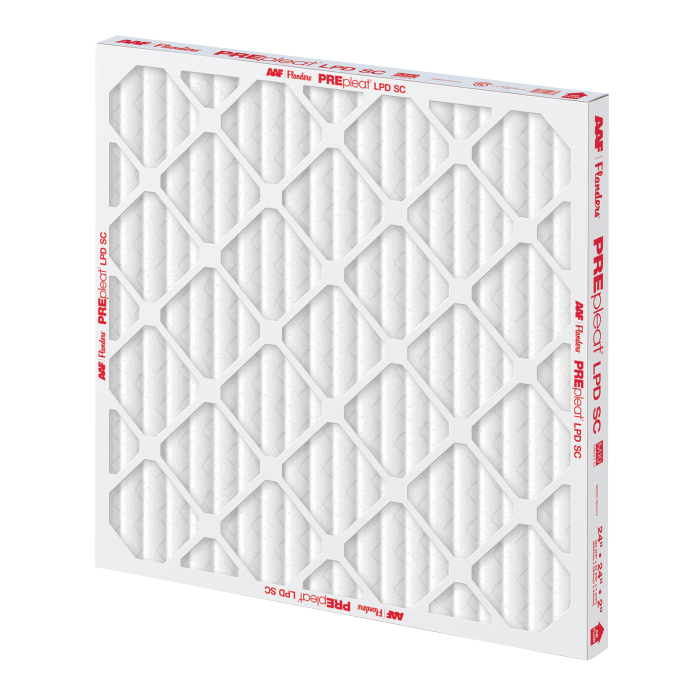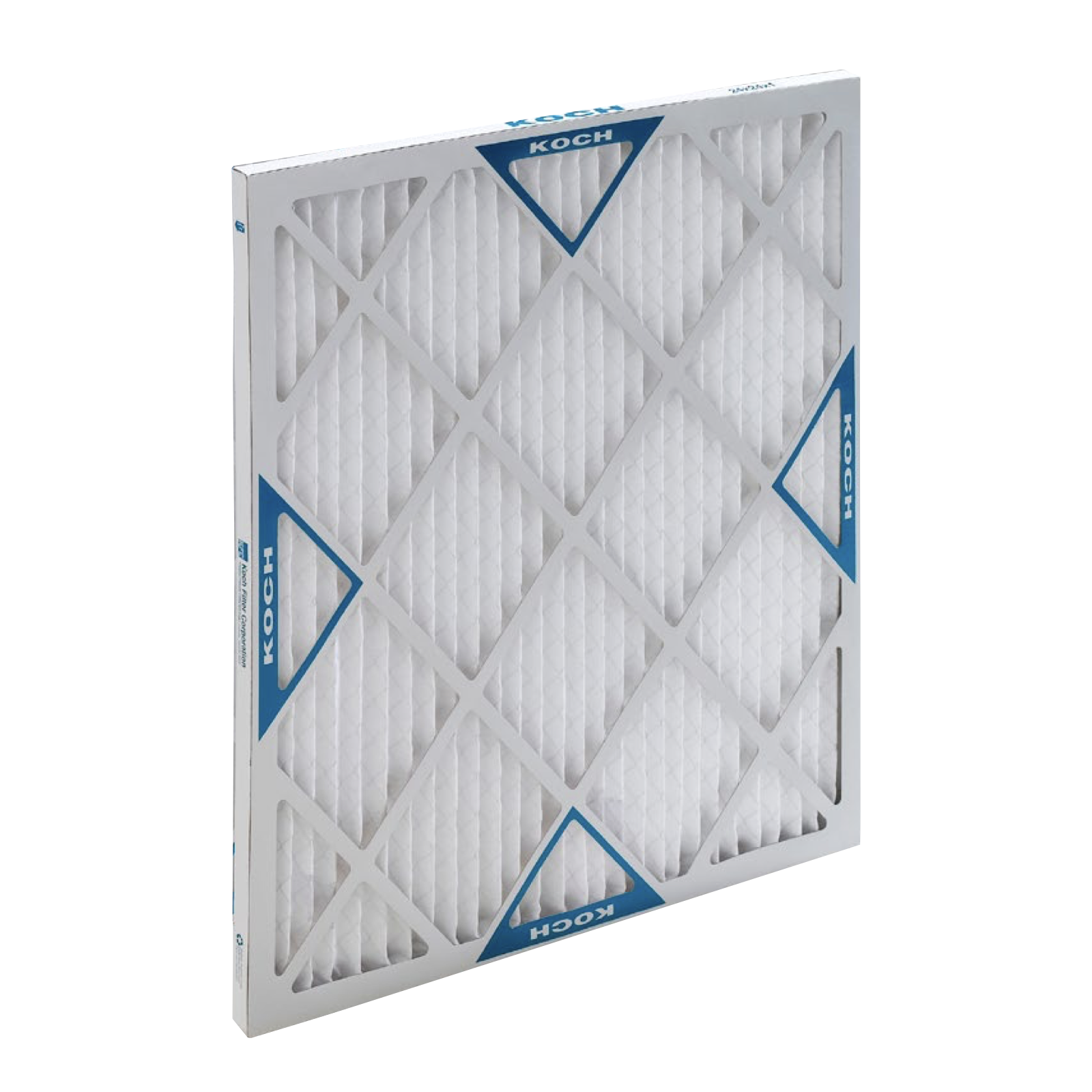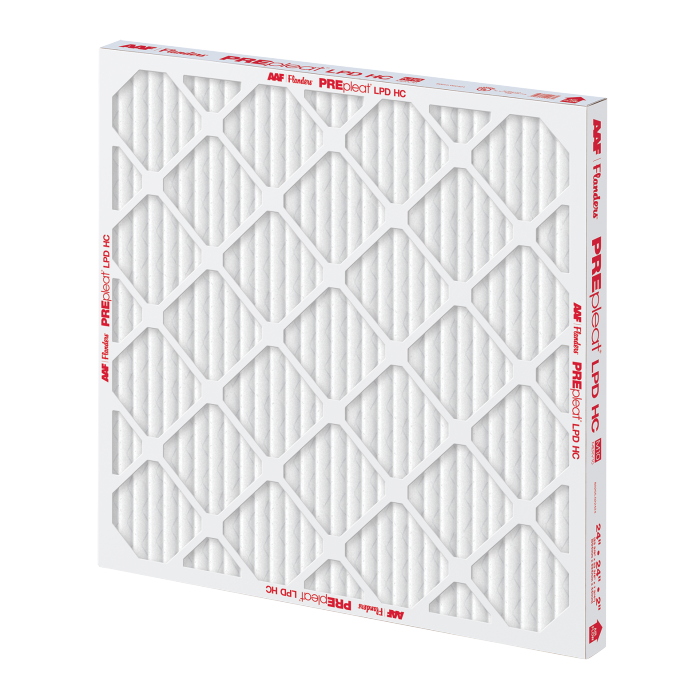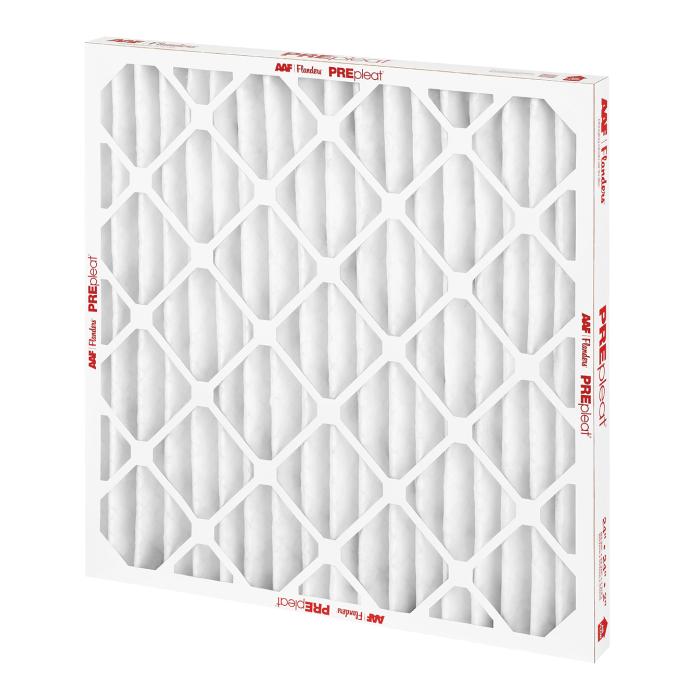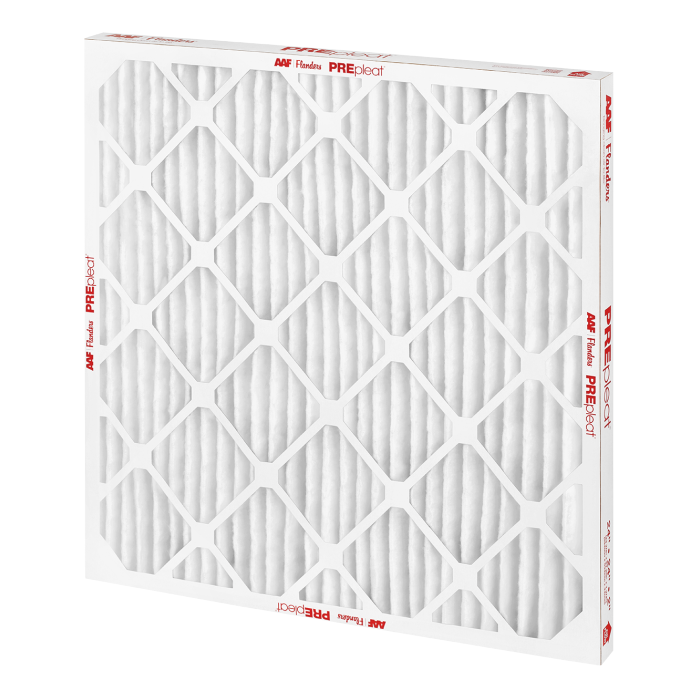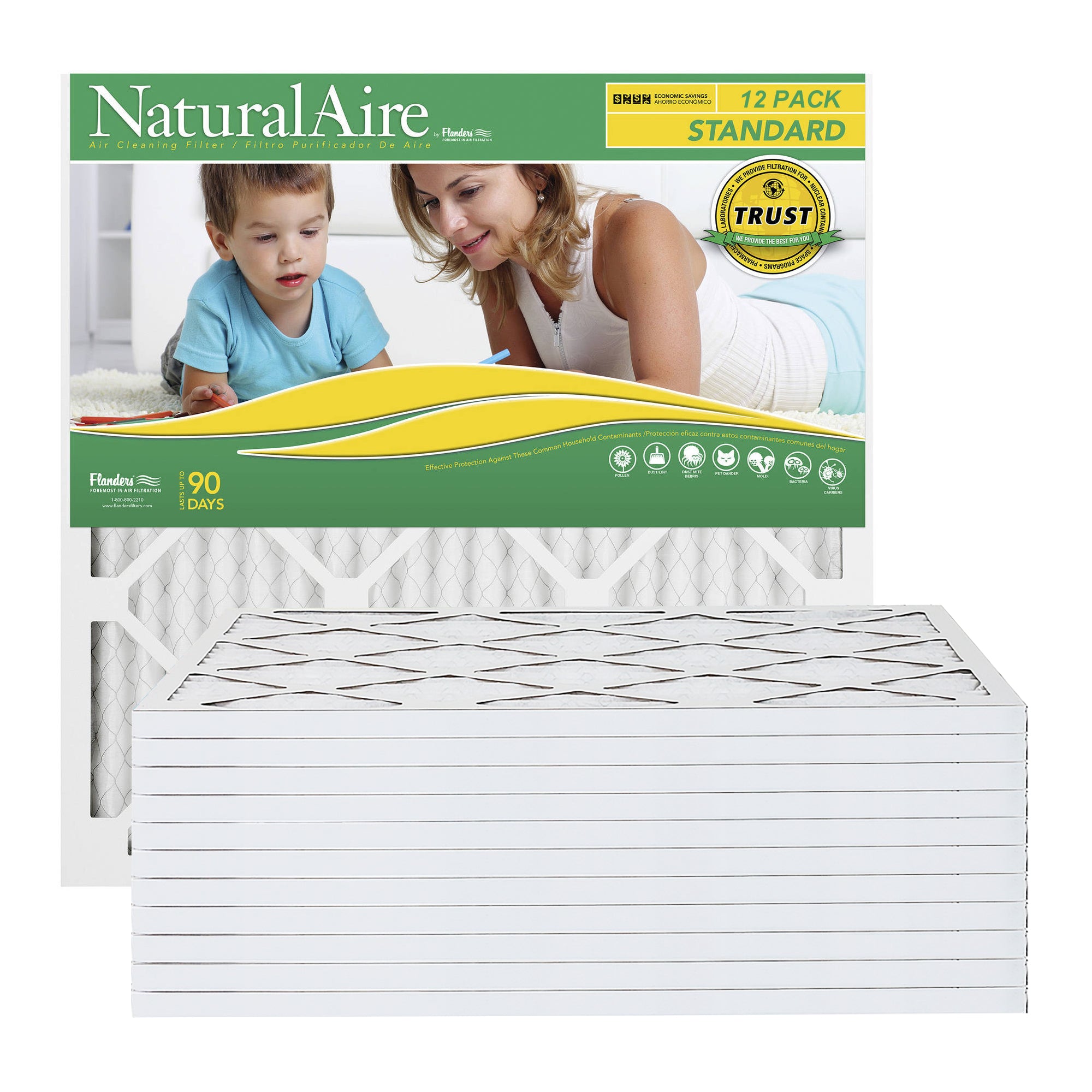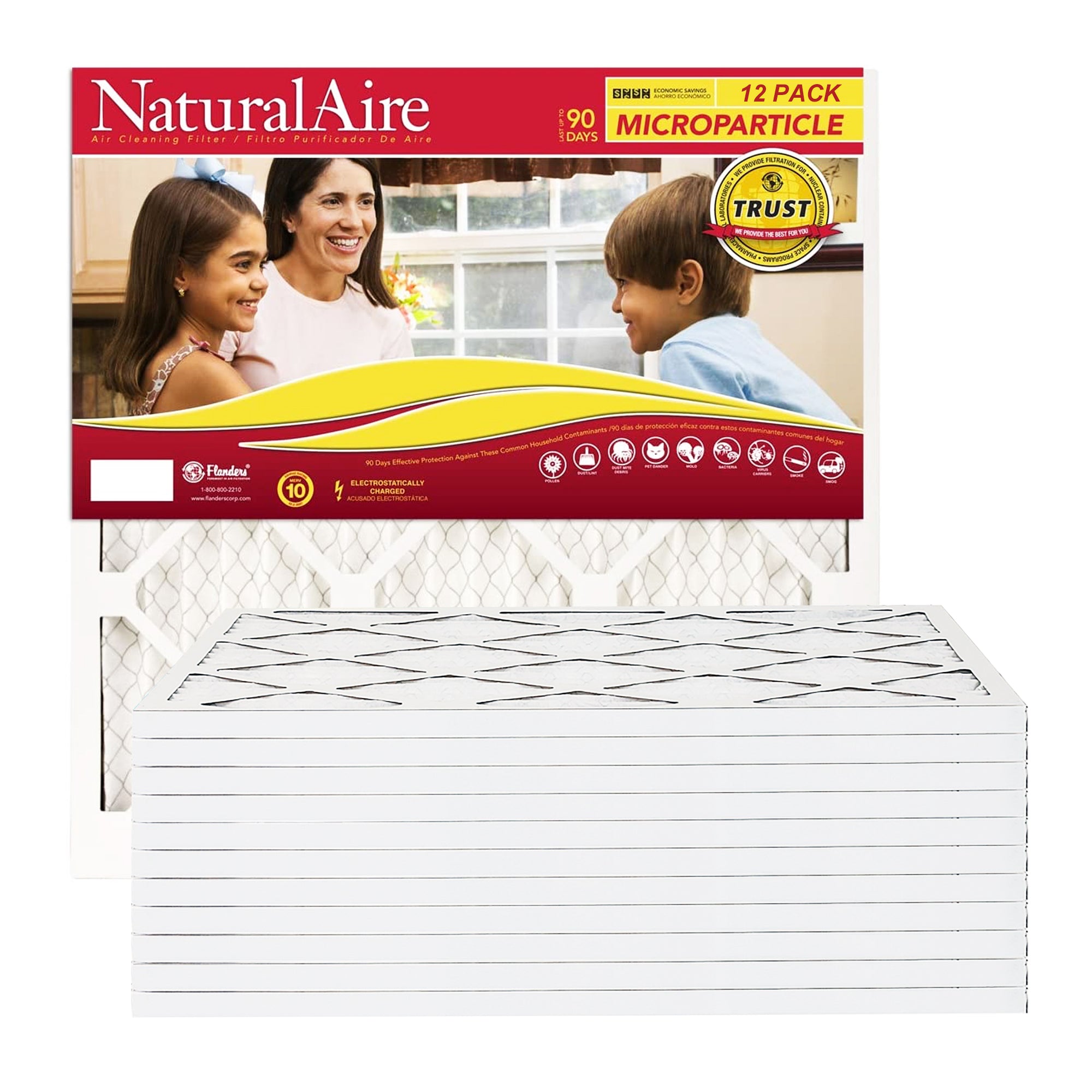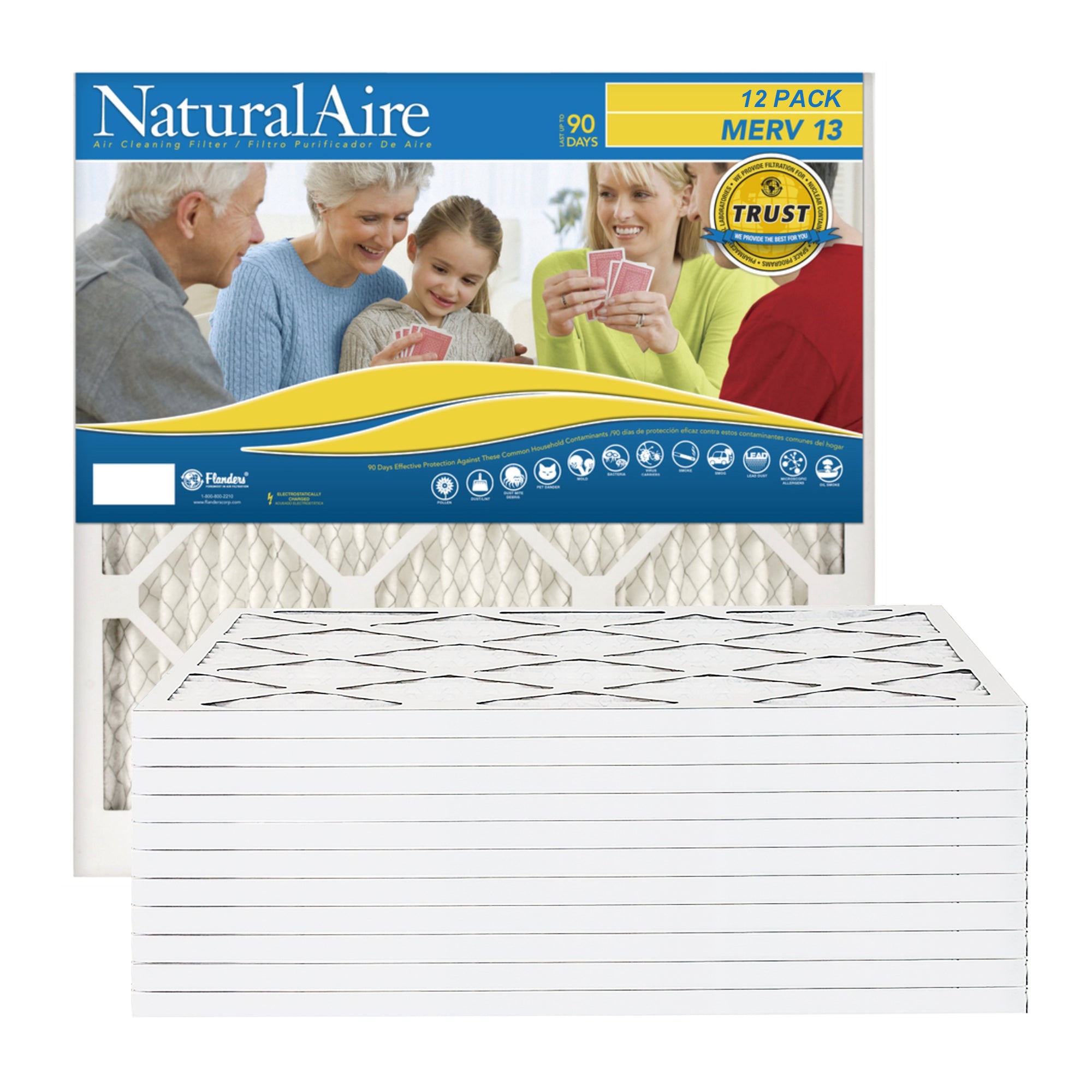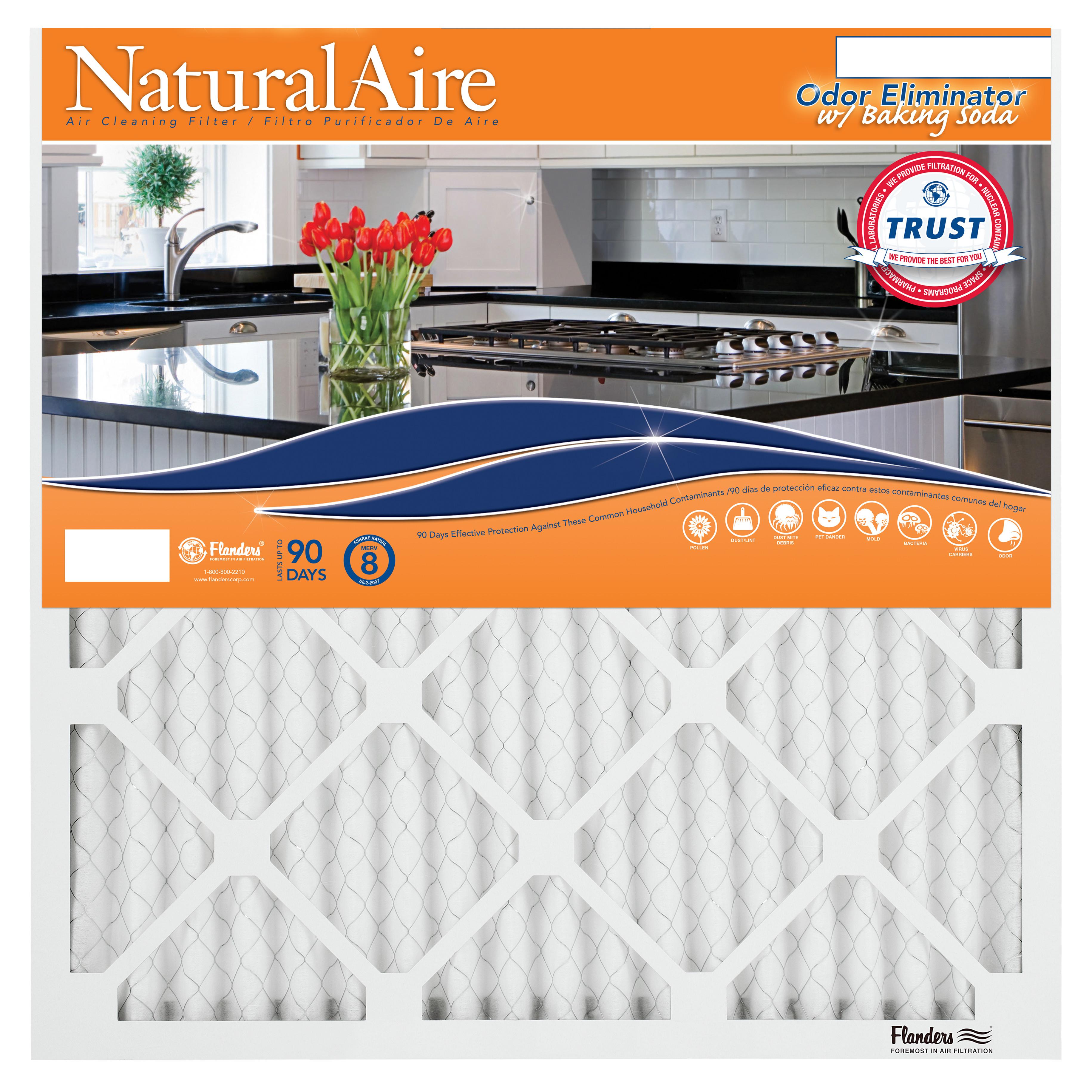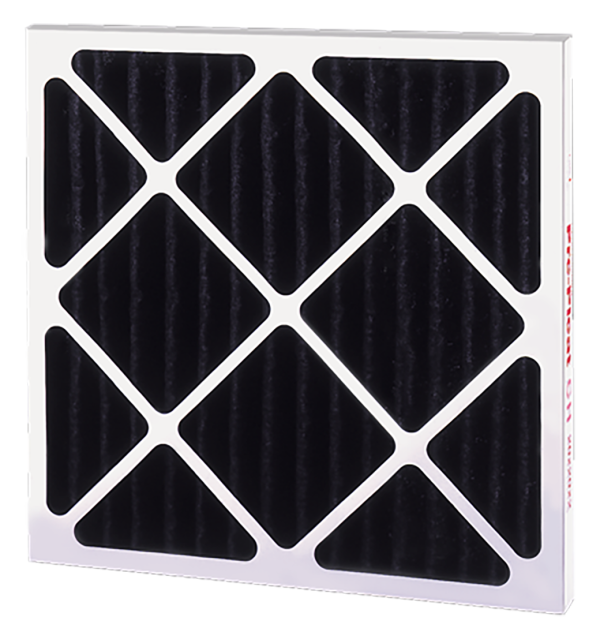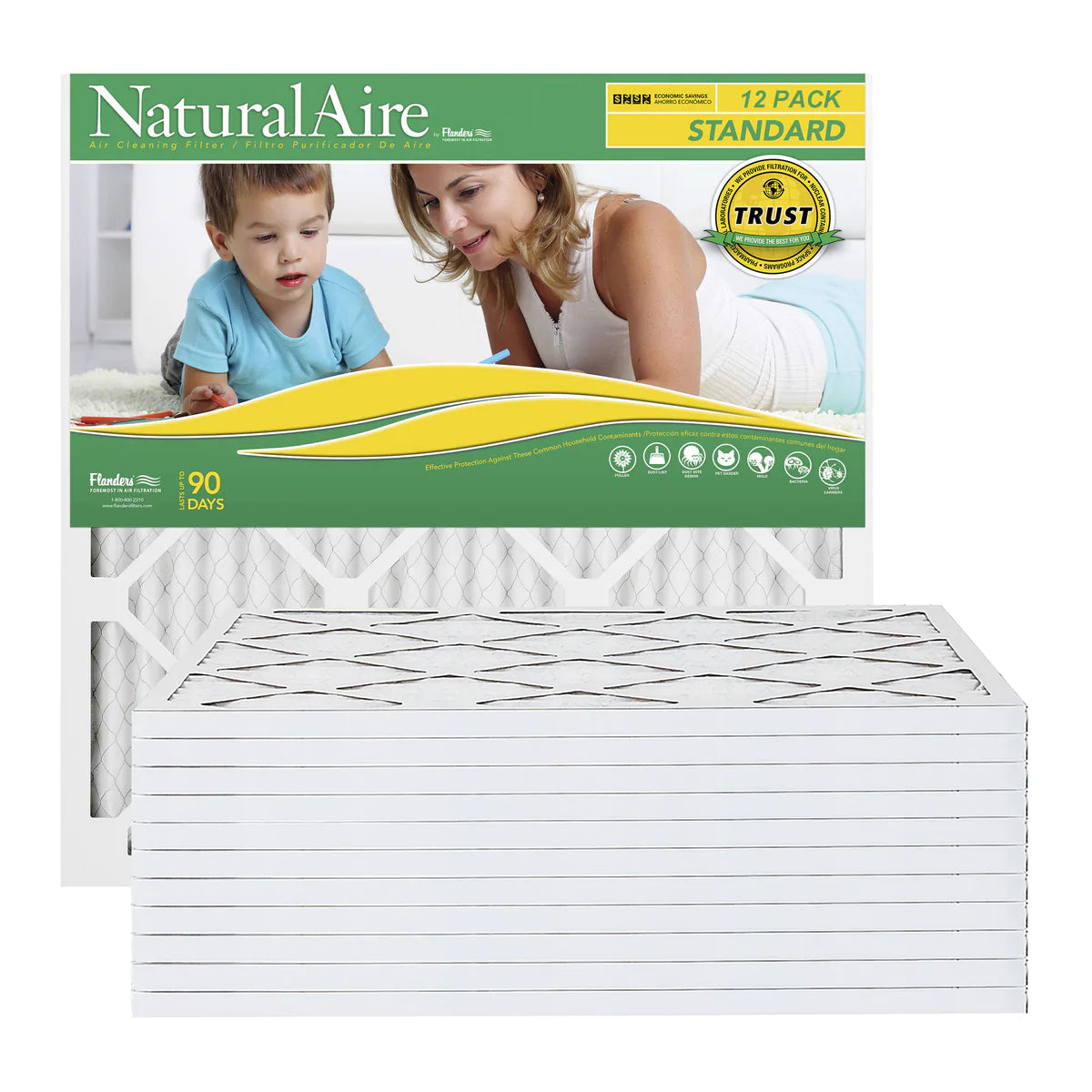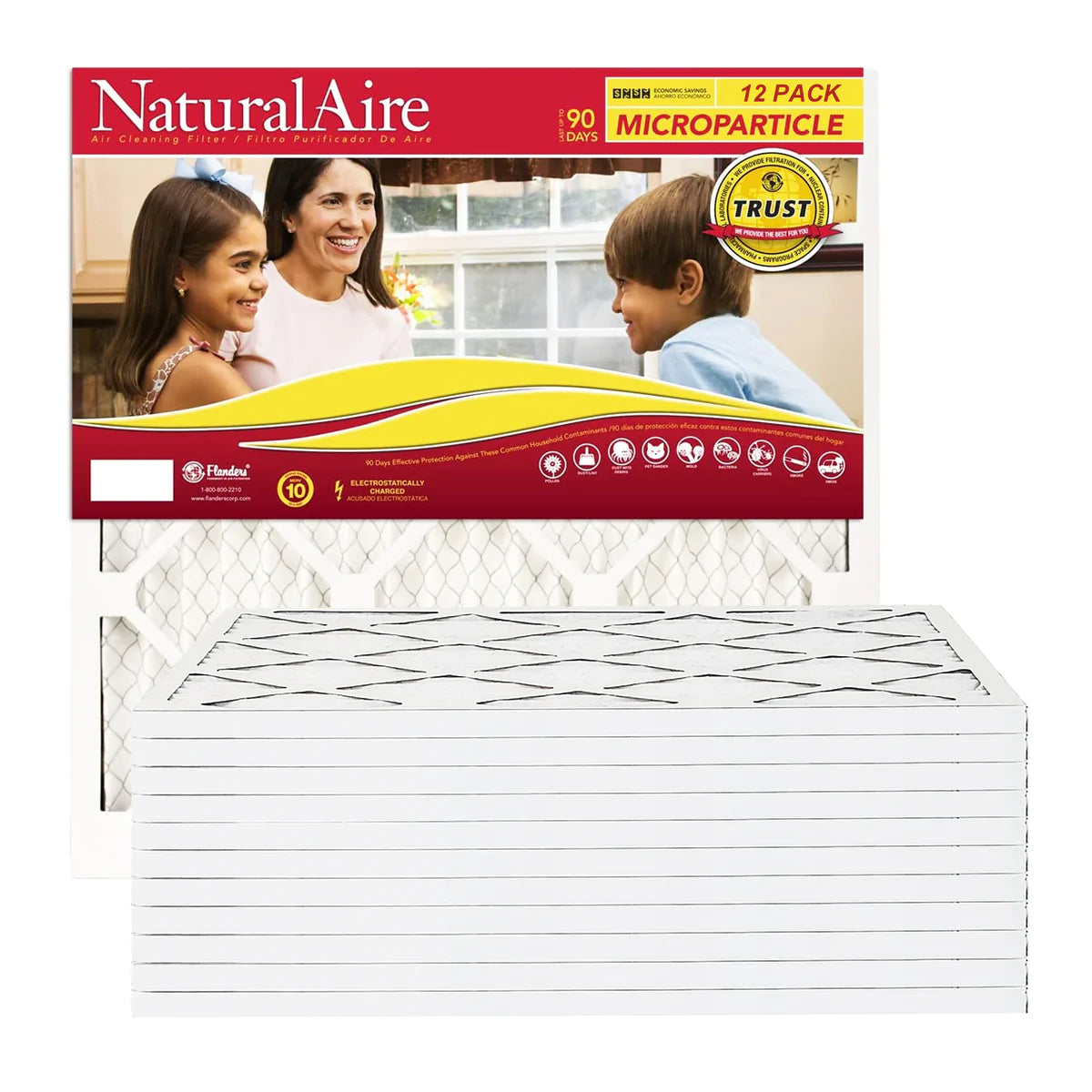You can find a varying amount of lead in virtually any home. However, even though lead is natural and common, it’s also dangerous for humans.
If you are asking yourself, “Where does indoor lead pollution come from?” this guide is for you. Here are some common household sources of lead that might be causing pollution.
Lead Dust
When tiny bits of lead come off of something, they float throughout an area. Lead dust typically comes from lead-based paint chips since most home builders used lead paint to coat building exteriors before the 1970s. People can also track lead dust into a building if they carry it in from a different area painted with lead paint.
There are a few ways to remove lead dust from your home. You can start by keeping your walls and exteriors painted neatly and repairing any chips that you see. Also, washing your clothes, hands, and floors will help prevent lead dust from spreading.
Lastly, you can install a HEPA air filter to collect lead dust in your home’s HVAC system. You may want to browse AC filters online to find the most effective filter that will fit your system.
Food and Water
In certain foods and drinks, water can become contaminated with lead. Contaminated water could have lead exposure from lead pipes, copper pipes, or lead soldering from an old house.
Food cooked with contaminated water, produce grown in soil contaminated with lead, and any dish served in a bowl with a lead glaze could also be sources of indoor lead pollution. Be sure to wash your produce and avoid drinking tap water that may get exposed to lead on its journey to your sink.
Indoor and Outdoor Air
As with allergens and pathogens, lead is present in outdoor and indoor air. If you live near an industrial park where mining or smelting takes place, lead may be in the air. Indoor air might have lead from painting or various activities, such as glazing ceramics. But nearby industrial activities might cause lead to enter your home from outside.
Overall, lead can come from many places, so be sure to prevent exposure by installing a HEPA filter for your AC system, a water filter for your sink, and having your paint inspected. Now that you know this information, you won’t be asking yourself, “Where does indoor lead pollution come from?” anytime soon.


